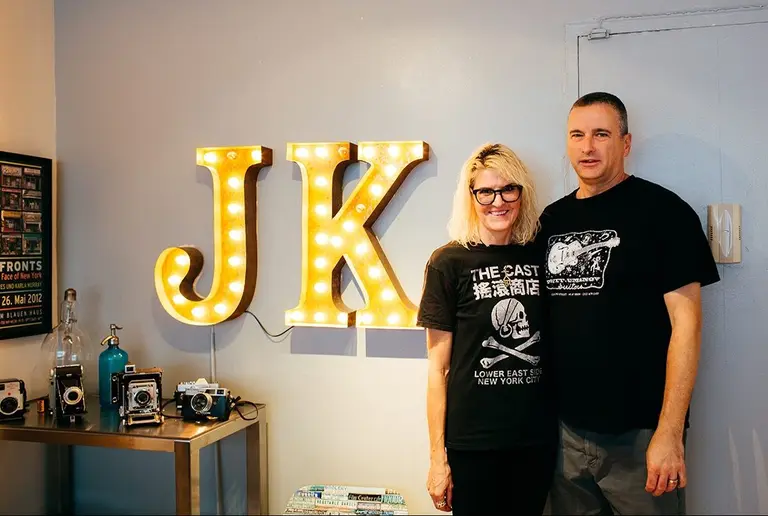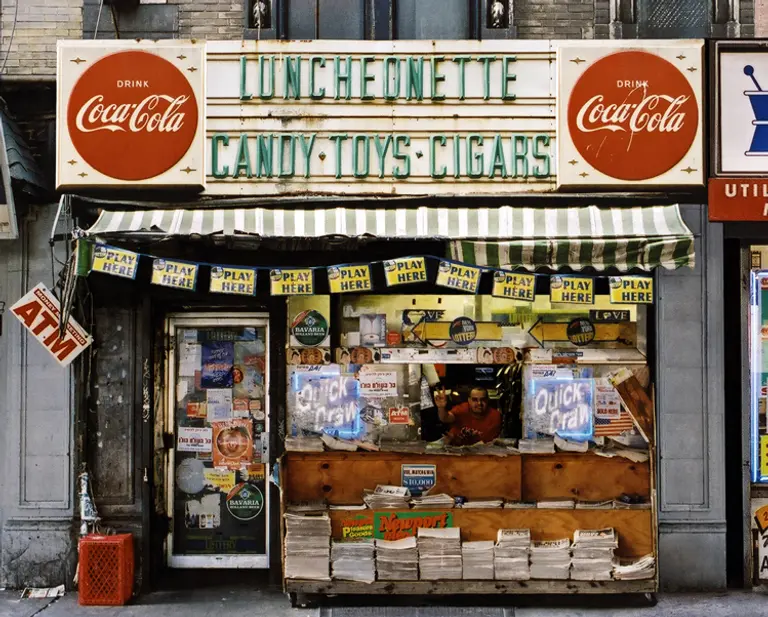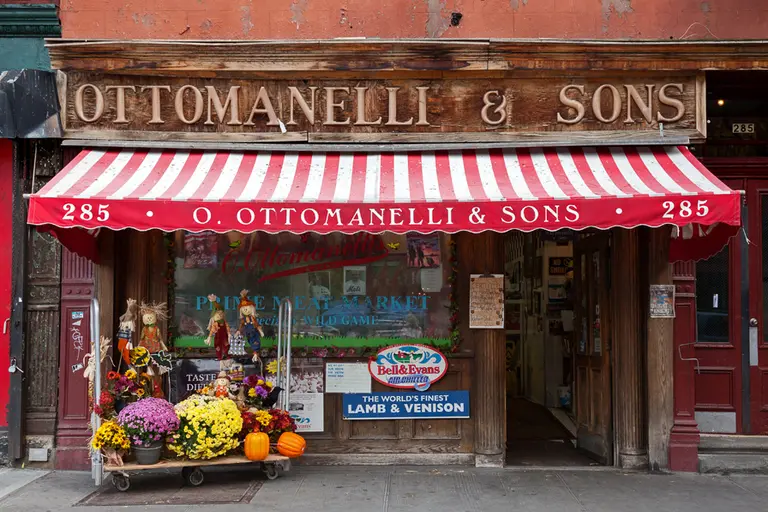October 26, 2016
You might not immediately recognize their names, but there is no doubt you know their work. Photographers James and Karla Murray burst onto the scene back in 2008 with the release of their seminal book "Store Front: The Disappearing Face of New York," a work culling hundreds of images of the bygone retail graphics that once covered the city—and jointly, the mom and pop businesses that vanished alongside them. Since then, the Murrays have released two more tomes of the same vein, and collected countless awards and accolades for their documentary work along the way. In fact, their photographs can now be found in the permanent collections of major institutions around the world, including the Smithsonian Center for Folklife and Cultural Heritage and the New York Public Library. Their images also decorate the homes of countless celebrities, among them Sarah Jessica Parker, Ralph Lauren, Alicia Keys and Roseanne Barr.
In this week's My sqft, 6sqft visits this warm and spunky husband-and-wife team in their East Village home to talk about their tenure in the city (they moved downtown in the 80s—though Karla is from the Bronx) and their ongoing efforts to chronicle what remains of "old New York." We also get a peek inside their studio apartment/workspace of 22 years, which as Karla and James share ahead, has some crazy stories of its own.
go inside their home here









